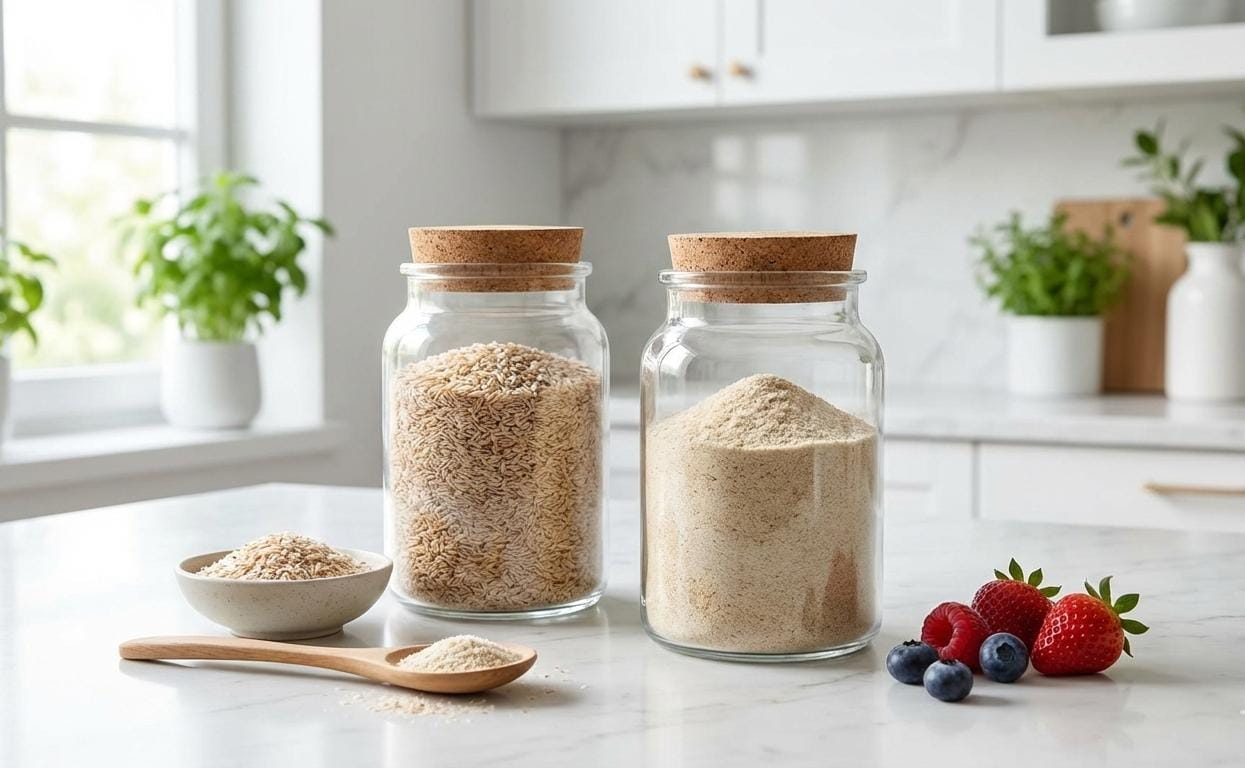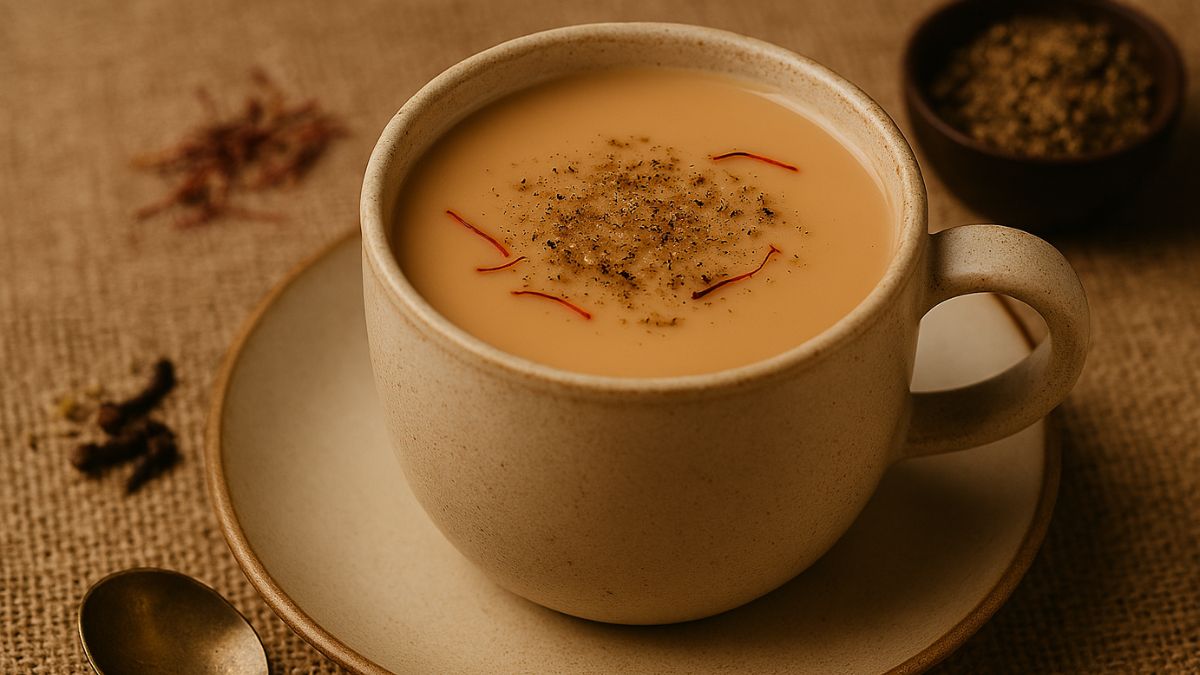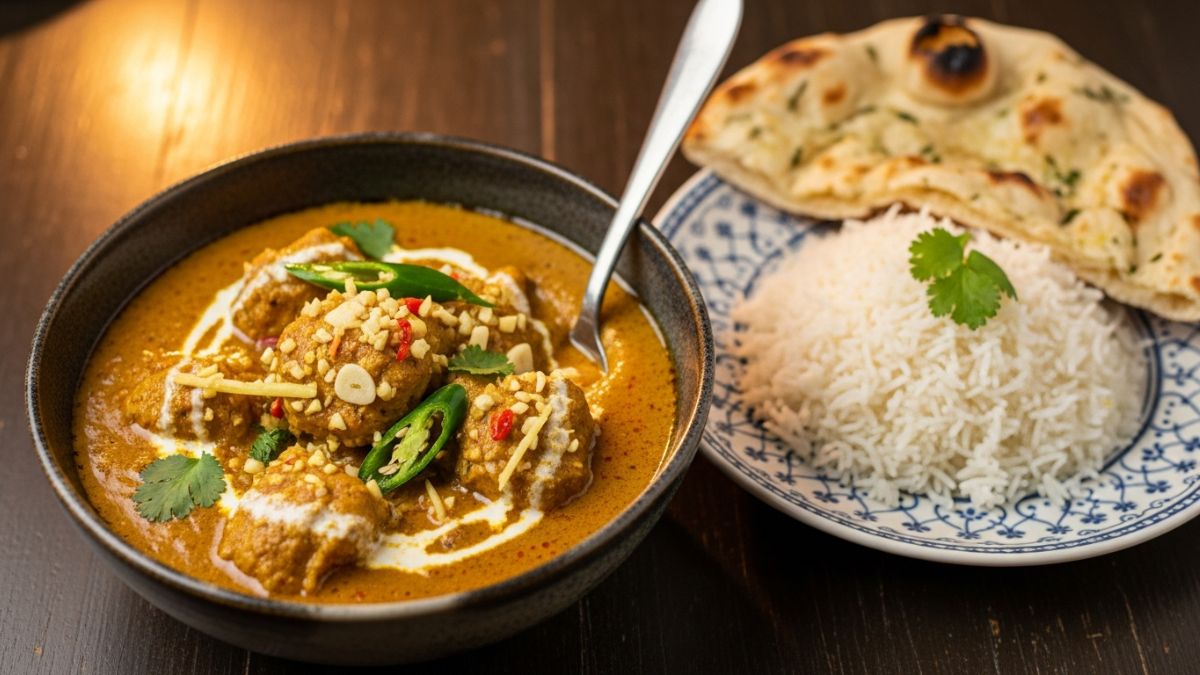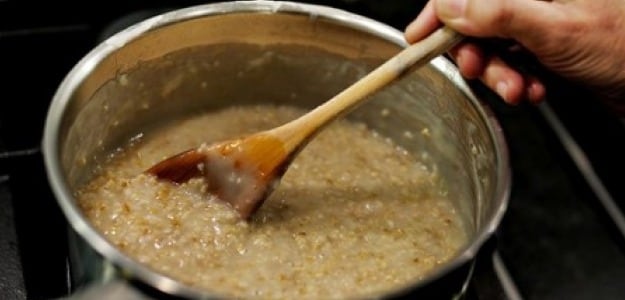As a joke, the other day I wrote on Twitter: "This year's hottest food trend: Gruel. From high end restaurants to street-side gruel trucks, gruel will be everywhere in 2015."
I was taking the piss out of the kind of food-as-fashion writing which proclaims things like "Indian is the new Korean", "harissa is the new sriracha" and "the next quinoa is millet" (OK, those last two were from the same article).
Immediately I was informed that artisanal (non-GMO, gluten free) gruel is already a thing in Australia. Bondi - of course - even played host to a pop-up porridge store last year.
Frankly, I wasn't surprised. Gruel, which is basically just cereal boiled with water or milk, is the perfect fashion food. What could be more authentic than a dish first popularised by the gaunt and fashionably scruffy Oliver Twist in 1838? And in these nutritionally conscious times, gruel is an all-rounder. It's got all the carbs and water you need to barely survive for another day. For the health-conscious gruel can be made more interesting by adding bee pollen, maca, hemp seeds, coconut butter, lentil sprouts or fermented tree-nut cheese.
Nutritional and historical cred aside, the existence of artisanal gruel doesn't surprise me because nothing food-related could surprise me anymore. Our food culture is impossible to parody.
Like any other aspect of human culture, food has always been affected by trends, changing tastes and technological development. Haute cuisine has its movements. Lobster was once a food for prisoners. The cappuccino appeared in Women's Weekly cookbooks as an exotic desert (made in a pan).
Gastronomy has gone from niche interest to middle-class pastime. Food is everywhere and is more than ever a status symbol. Every Instagrammed restaurant meal and dinner party spread says "look at me, I have so much money and leisure time".
The ubiquity and elevated status of food in our culture means the natural process of change has gone a bit mad. Foams and airs were everywhere just a few years ago, now they're considered cringeworthy.
Consumers rush so quickly to trendy foods that in recent times there has been a shortage of kale (now alleviated, thank God) and the prices of chia and quinoa have skyrocketed (prompting some excellent Guardian headlines).
None of this would be so bad (well, unless you're a starving Bolivian villager who can no longer afford quinoa), but it has to be so earnest. Eating locally and shopping at farmers' markets can't simply be about getting fresh food, it has to be about saving the bloody world. Forget the fact that most people have neither the time nor the money.
On a more basic level, buying into food fashion too much is just going to decrease your enjoyment of food. Who cares that Mexican is, like, so 2012? It's delicious.
That's not to say that we should ignore food fashion. Trying new cooking techniques can be a blast. Eating new things is one of life's great experiences.
Maybe I'll be proved wrong by this gruel trend. After all, I had a pork congee in Vietnam last year that had me tugging my forelock and returning, bowl in hand, to ask for more. Better start working on that list of hot food trends for 2016.
Picture Courtesy: Sarah Lee/Guardian











